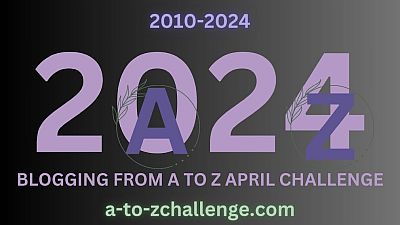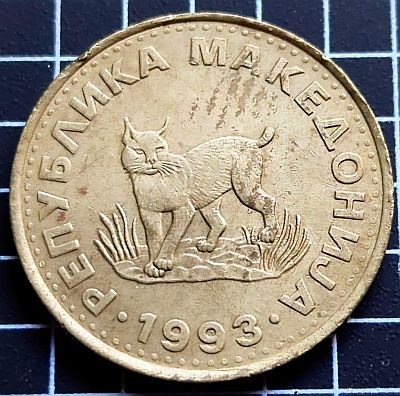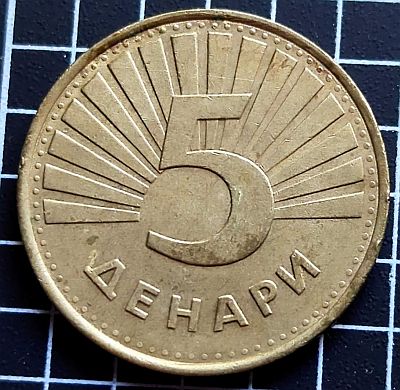A cat from an old country which now has a “new” name
This is my entry for Day 13, “M” of the Blogging from A-Z April Challenge!
M = (North) Macedonia.

North Macedonia
The ancient kingdom of Macedonia was a crossroads between Mediterranean and Balkan civilizations. Macedonia briefly became the largest empire in the world under the reign of Alexander the Great in the fourth century B.C. The region now known broadly as Macedonia encompasses the area of the former empire, plus an expanded area North of the original kingdom. When the “Socialist Republic of Macedonia” gained independence from Yugoslavia in 1991, the new country called itself “The Republic of Macedonia”.
Greece argued that the majority of the ancient kingdom lay within modern-day Greece, and that region is known as Macedonia. They vehemently opposed the new Republic’s name. While that is the kind of thing which can start wars, it has now been settled peacefully.
The disagreement lasted nearly 30 years, but in 2018, the leaders of both Greece and their northern neighbour signed the “Prespa Agreement“. The former “Republic of Macedonia” officially became “The Republic of North Macedonia”.
Obverse

The obverse of the coin features the year and the country name (as it was prior to 2018), “РЕПУБЛИКА МАКЕДОНИJА” or “Republic of Macedonia”. The centre features “A Macedonia or Balkan Lynx (Binomial Name: Lynx lynx balcanicus), a subspecies of Eurasian lynx (Lynx lynx)”.
Considered to be a national symbol, the Macedonian wildcat, the Balkan lynx, is one of the rarest animals in the world. Around 100 specimens are believed to be scattered around the Balkans, most of which inhabit the National Park Mavrovo.

Image of the Balkan Lynx from DiscoveringMacedonia.com
The third-largest predator in Europe after the brown bear and the gray wolf and a strict carnivore, consuming somewhere around one or two kilograms of meat every day, feeding on small prey, mostly mice and rabbits, and wild boar piglets, usually ambushing their prey.
Described by most shepherds it can grow to a length of 1.3 Meters (4 feet, 3 inches) and weight of 36 kilos (nearly 80 pounds). A distinct subspecies, the Balkan lynx is generally reddish brown or light gray. Because of its short tail, it largely relies on ear movements for communication.
Reverse

The reverse features the value, 5 ДЕНАРИ or 5 Denari with rays around. The rays are loosely based on the flag of the Republic of Macedonia. This flag was red with a yellow sun, the Star of Vergina. This sun-representation goes back to Greek art from the 6th to 2nd Centuries B.C. and the hero Achilles in the Illiad. The symbol was also found on a larnax (coffin) believed to belong to Philip II of Macedon, father of Alexander the Great.
In 1995, Macedonia changed the flag to a more general rayed sun design, and since the Prespa agreement will no longer use the old flag for any public use in North Macedonia. See the first two flags on Wikipedia’s List of flags of North Macedonia article for the two designs.
What is your favourite animal on a coin? Let us know in the comments!


Leave a Reply